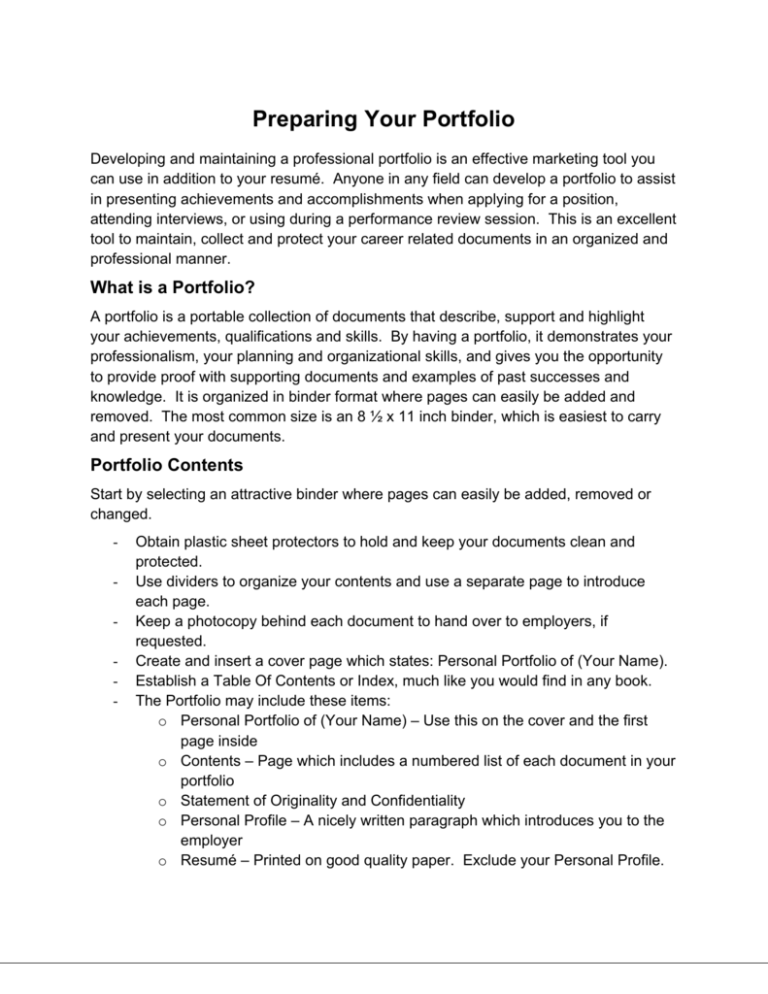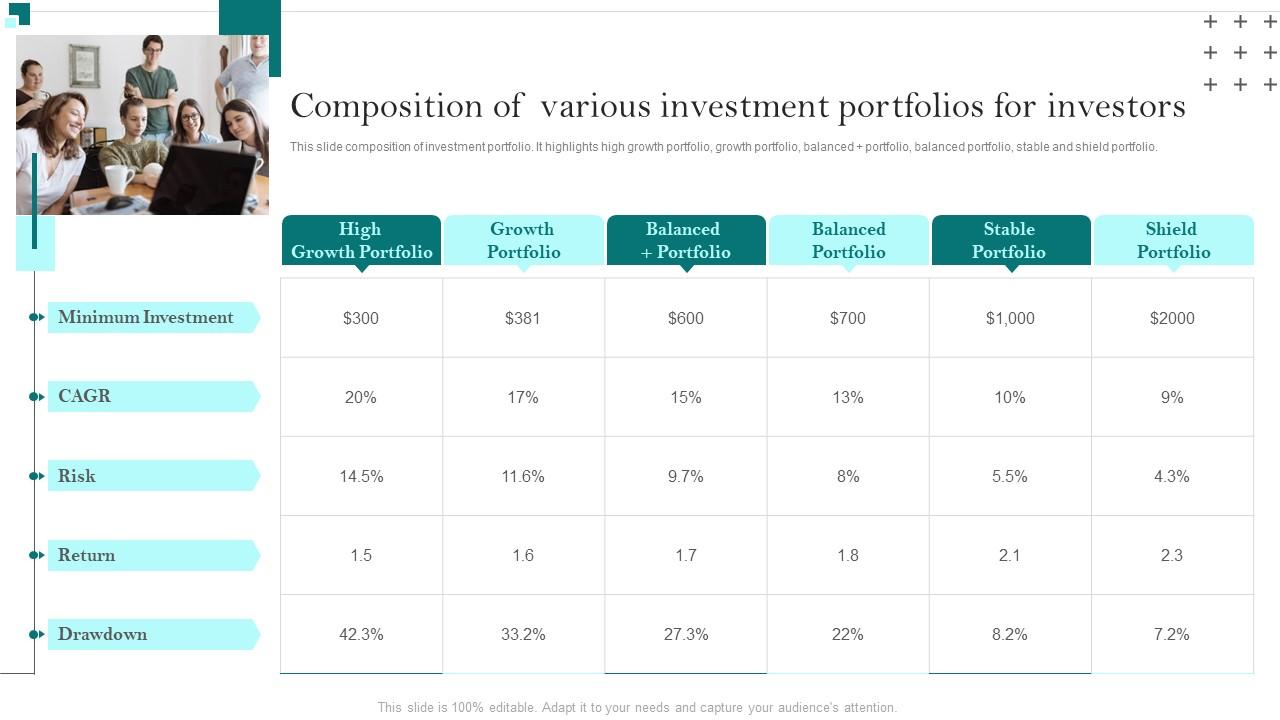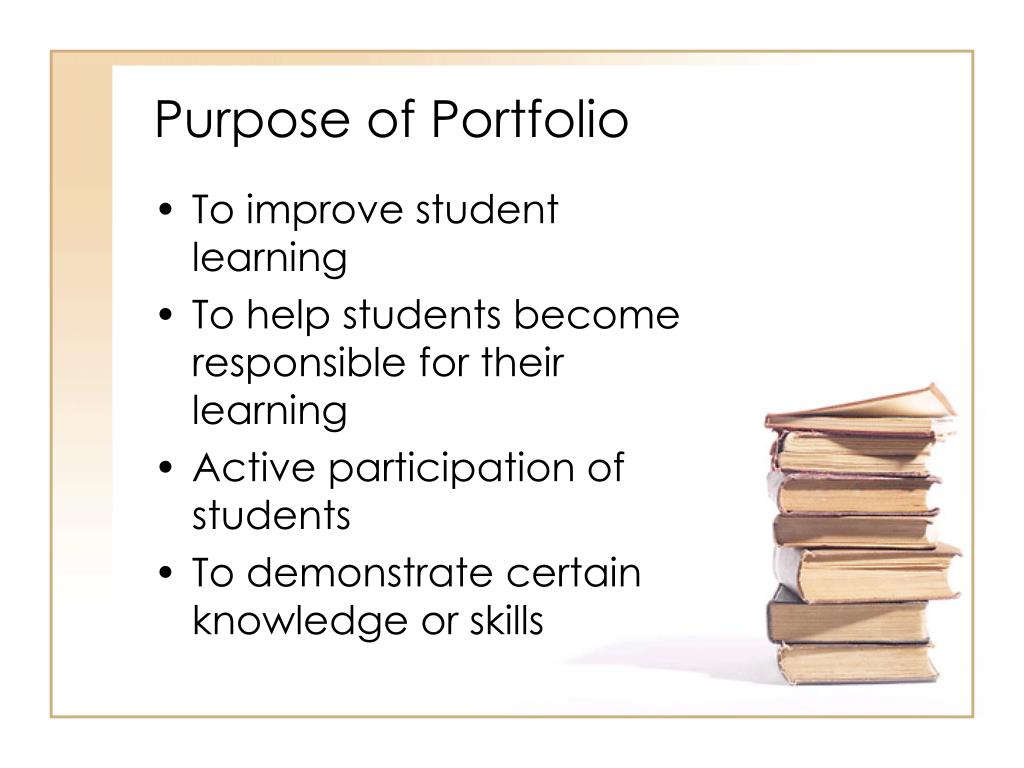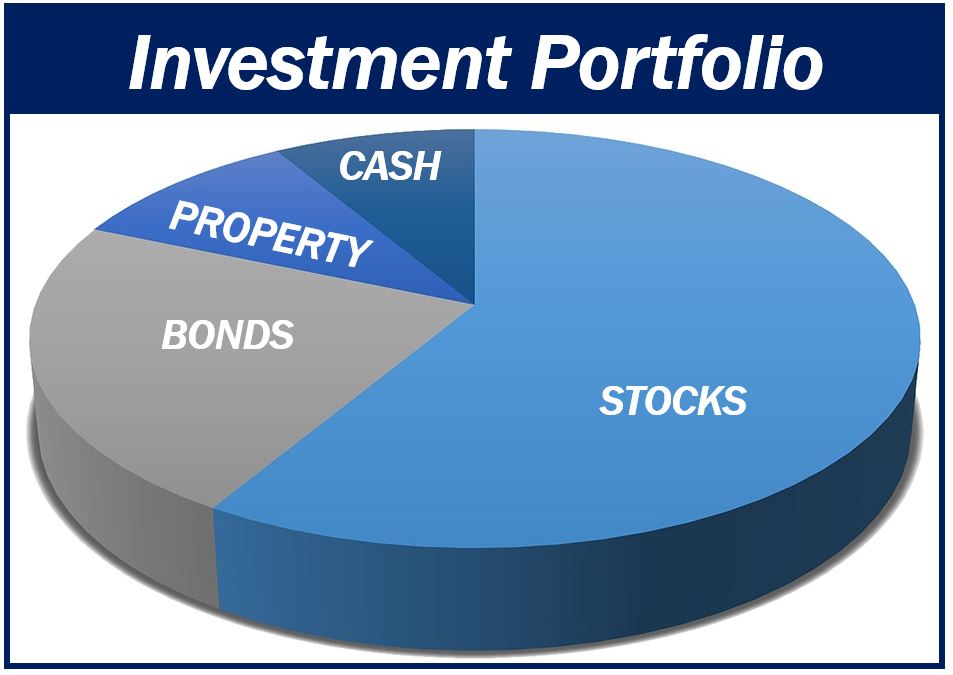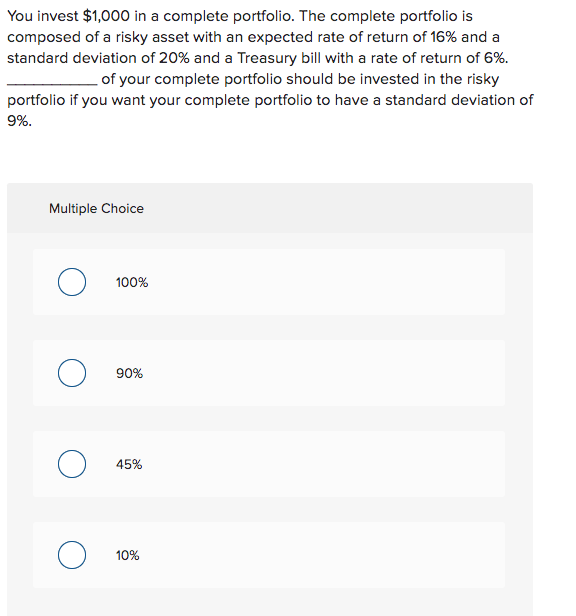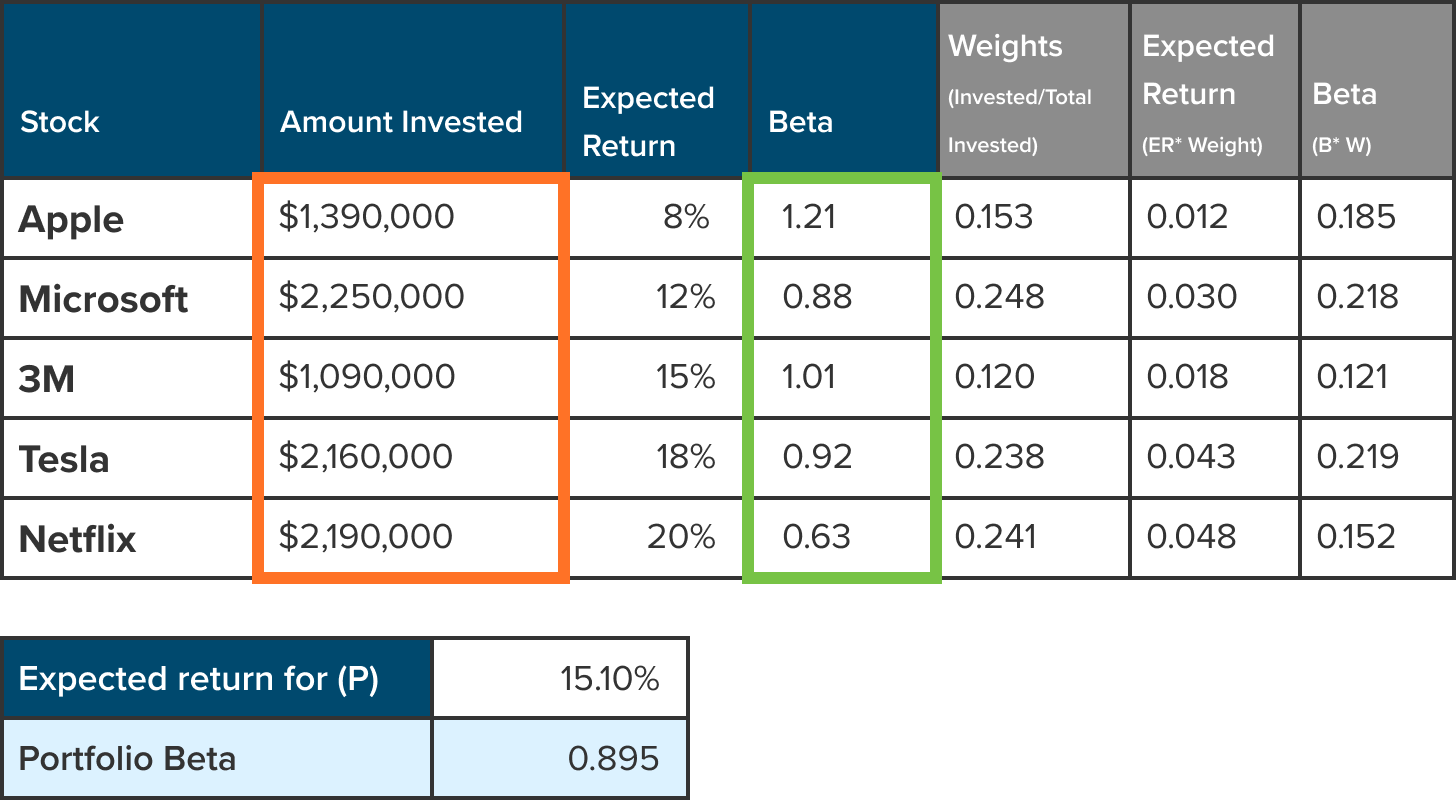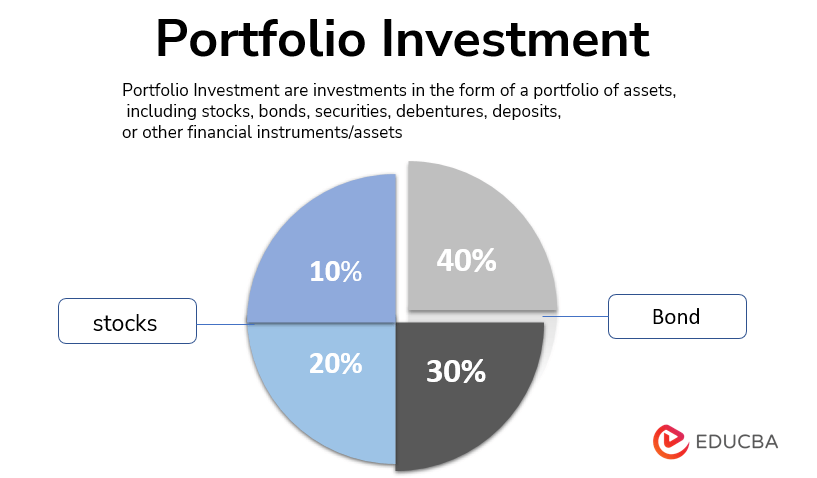A Portfolio Should Demonstrate Which Of The Following
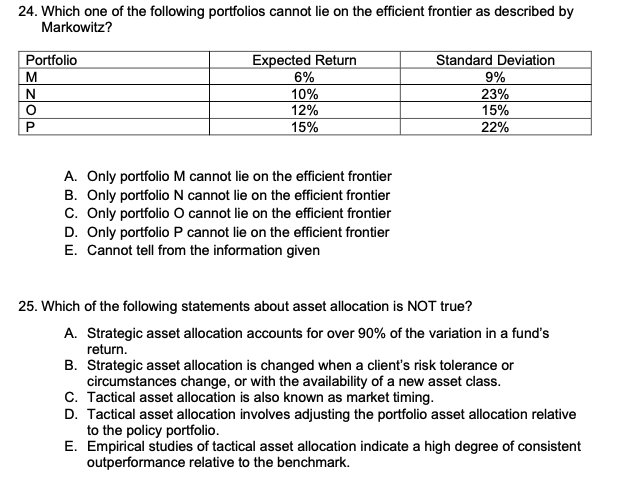
Job seekers and career changers face a critical hurdle: crafting a portfolio that truly showcases their capabilities. Recruiters are demanding more than just resumes; they need tangible proof.
A strong portfolio must demonstrate skills mastery, problem-solving abilities, project ownership, and career trajectory. These elements are now non-negotiable for landing competitive roles.
Decoding the Portfolio Imperative
The modern portfolio isn't just a collection of work; it's a strategic narrative. It communicates your professional identity and demonstrates your value to potential employers.
According to a recent LinkedIn survey, 87% of hiring managers consider a portfolio important when evaluating candidates, especially in creative and technical fields. The emphasis is shifting from what you say you can do, to what you've actually accomplished.
Skills Mastery: Proving Your Proficiency
First and foremost, your portfolio must unequivocally prove your skills mastery. Include projects that showcase your technical expertise, design sensibilities, or writing prowess.
Don't just list skills; demonstrate them. For developers, this could mean showcasing code repositories on GitHub. For designers, it could be UI/UX projects with detailed design documentation.
Problem-Solving: Highlighting Your Analytical Acumen
Employers crave candidates who can tackle complex challenges. Your portfolio should illustrate your problem-solving abilities through project descriptions that highlight the problem, your approach, and the solution.
Clearly articulate the challenges you faced and the steps you took to overcome them. Use data and metrics to quantify the impact of your solutions.
Project Ownership: Displaying Responsibility and Initiative
Demonstrate project ownership by highlighting your role and responsibilities in each project. Were you a team lead, a key contributor, or responsible for a specific aspect of the project?
Clearly define your involvement and showcase your ability to take initiative. Emphasize your accountability for the project's success.
Career Trajectory: Illustrating Growth and Development
Your portfolio should tell a story of your professional growth and development – your career trajectory. Showcase projects that demonstrate how your skills and experience have evolved over time.
Include a mix of projects that reflect your diverse experiences and highlight your adaptability. Address any gaps in your resume with relevant personal projects or freelance work.
Real-World Examples and Expert Advice
Consider Sarah Chen, a junior developer who landed a dream job by showcasing her personal coding projects on GitHub. Her portfolio demonstrated her passion for coding and her ability to learn new technologies quickly.
David Lee, a marketing specialist, secured a senior position by presenting a portfolio of successful marketing campaigns he led. He used data to quantify the impact of his strategies on sales and brand awareness.
Career coach, Emily Carter, advises, "A portfolio is not just a collection of projects; it's a reflection of your professional journey. Tailor it to each job application, highlighting the skills and experiences that are most relevant to the role."
Navigating the Next Steps
Building a compelling portfolio requires time and effort. Start by identifying your key skills and experiences, then select projects that best showcase those abilities.
Seek feedback from mentors, peers, or career coaches to refine your portfolio and ensure it effectively communicates your value. Remember to keep it updated with your latest achievements.
The demand for skilled professionals is high, but competition is fierce. A strong portfolio is your key to unlocking new opportunities and advancing your career.





